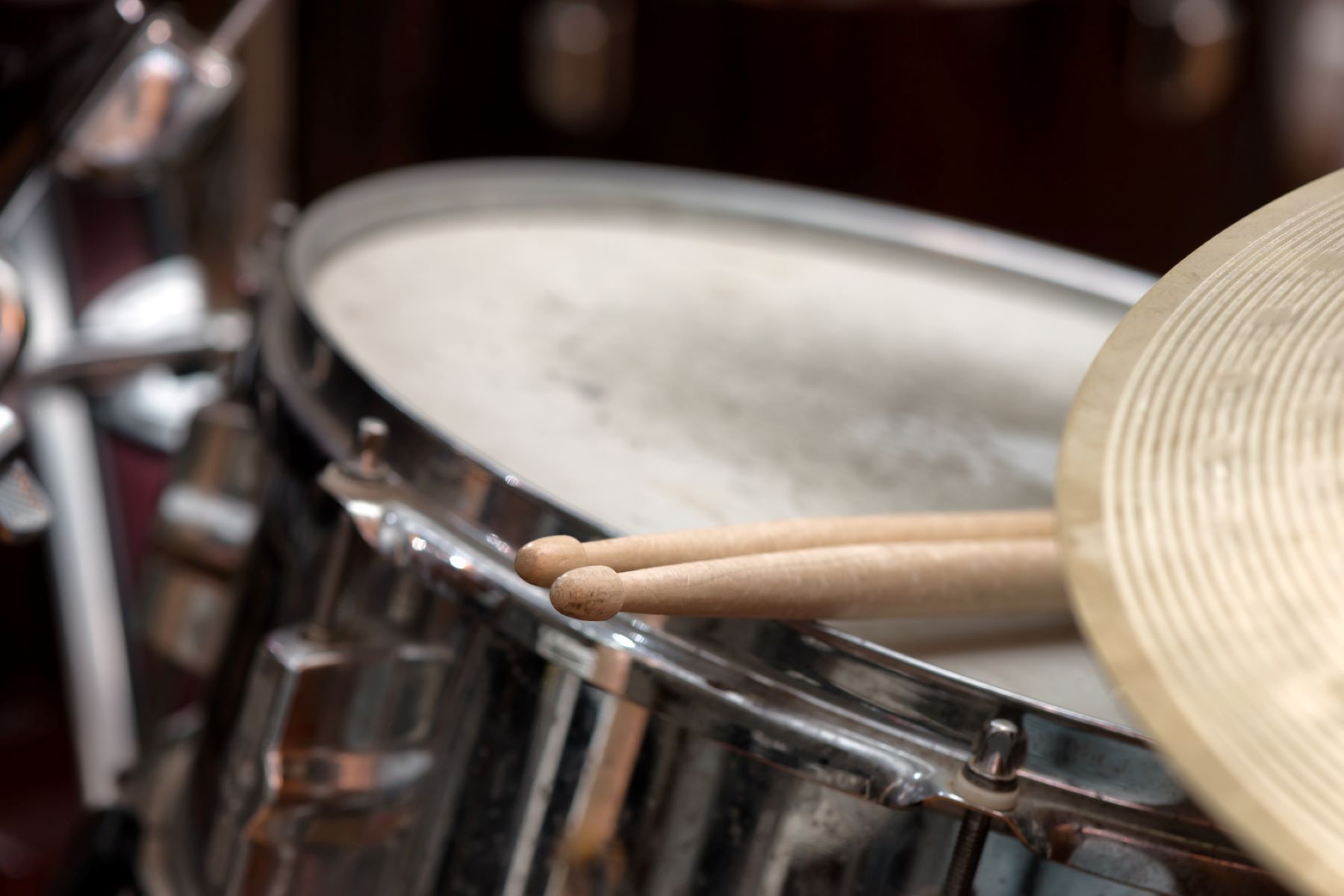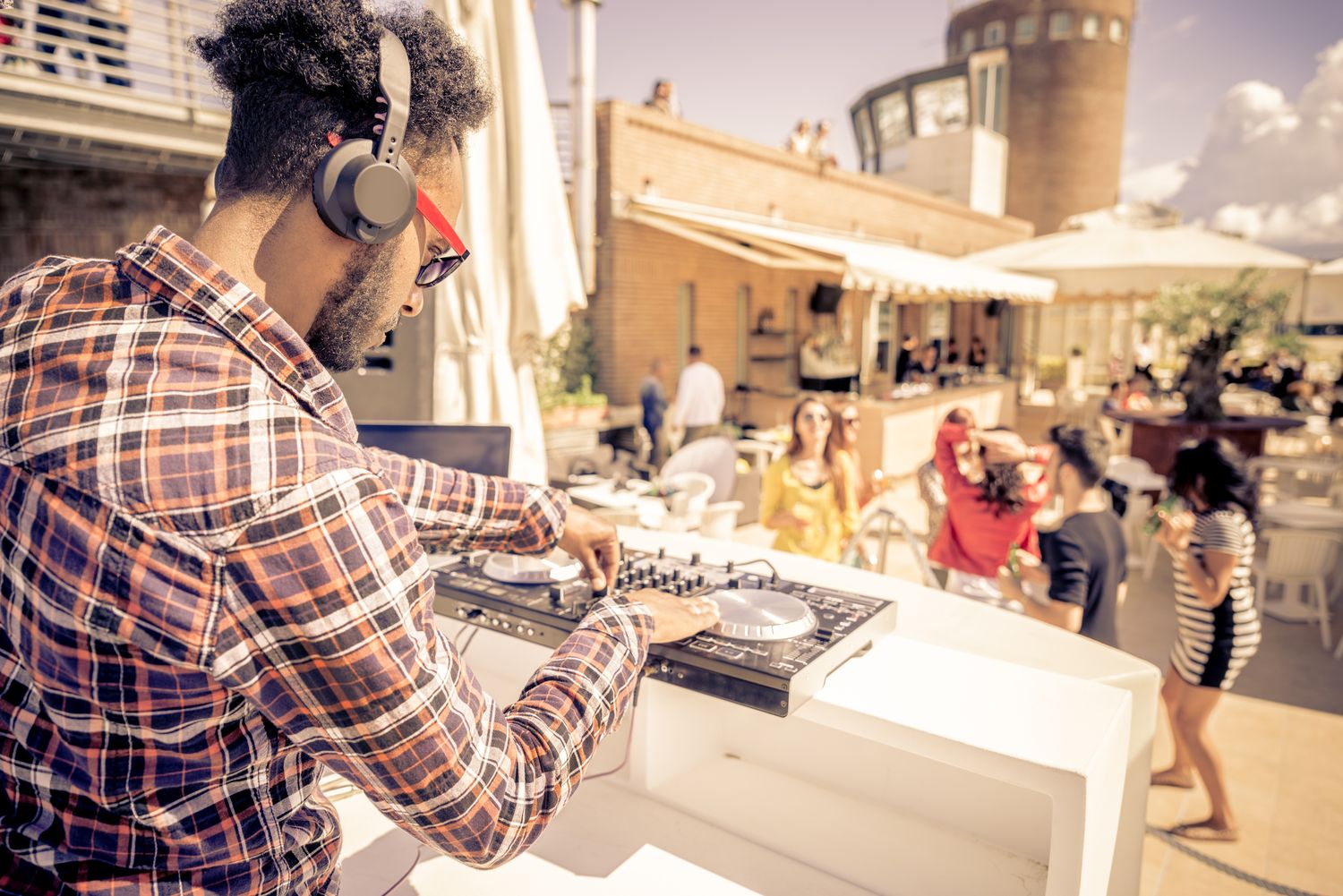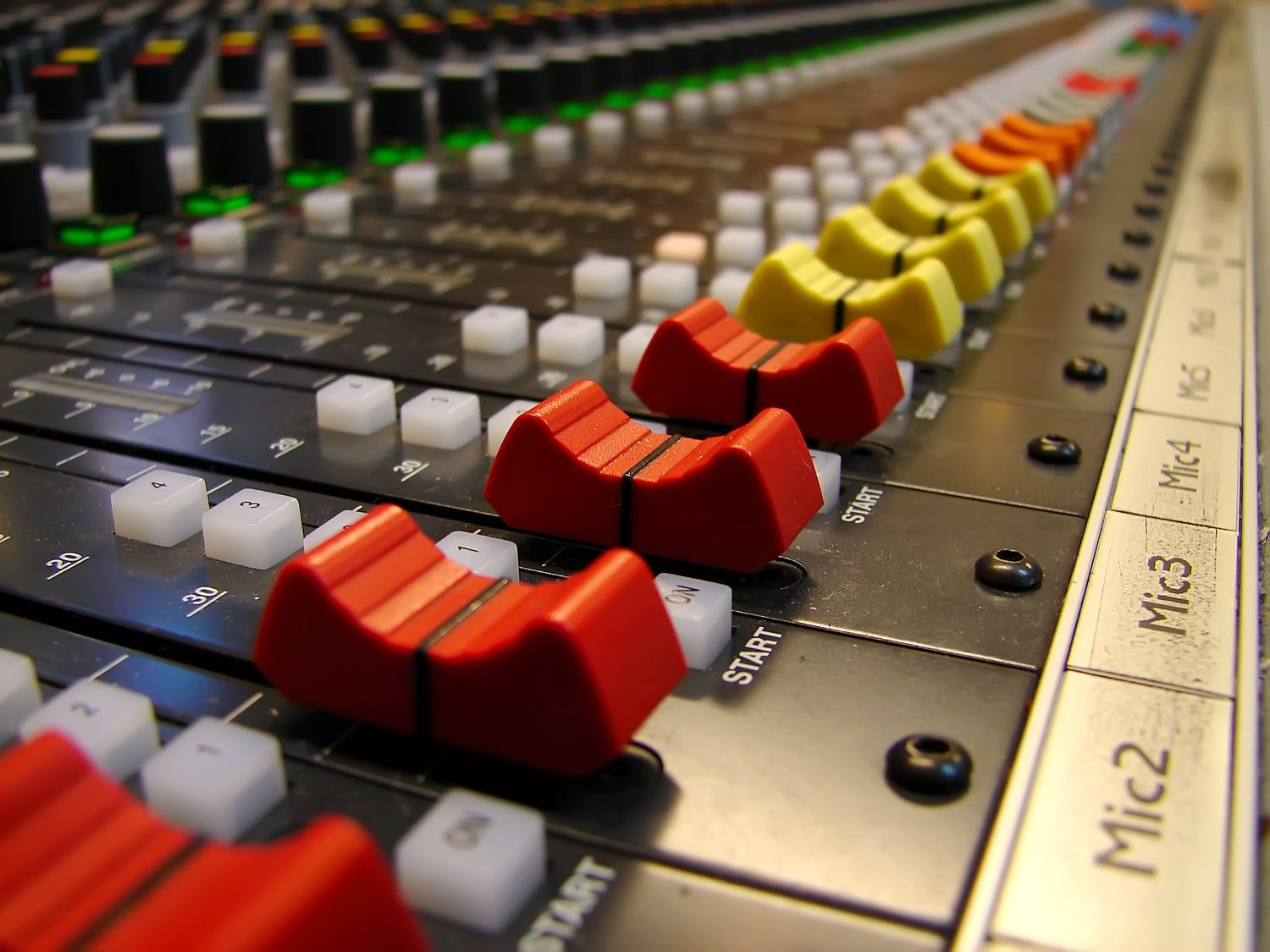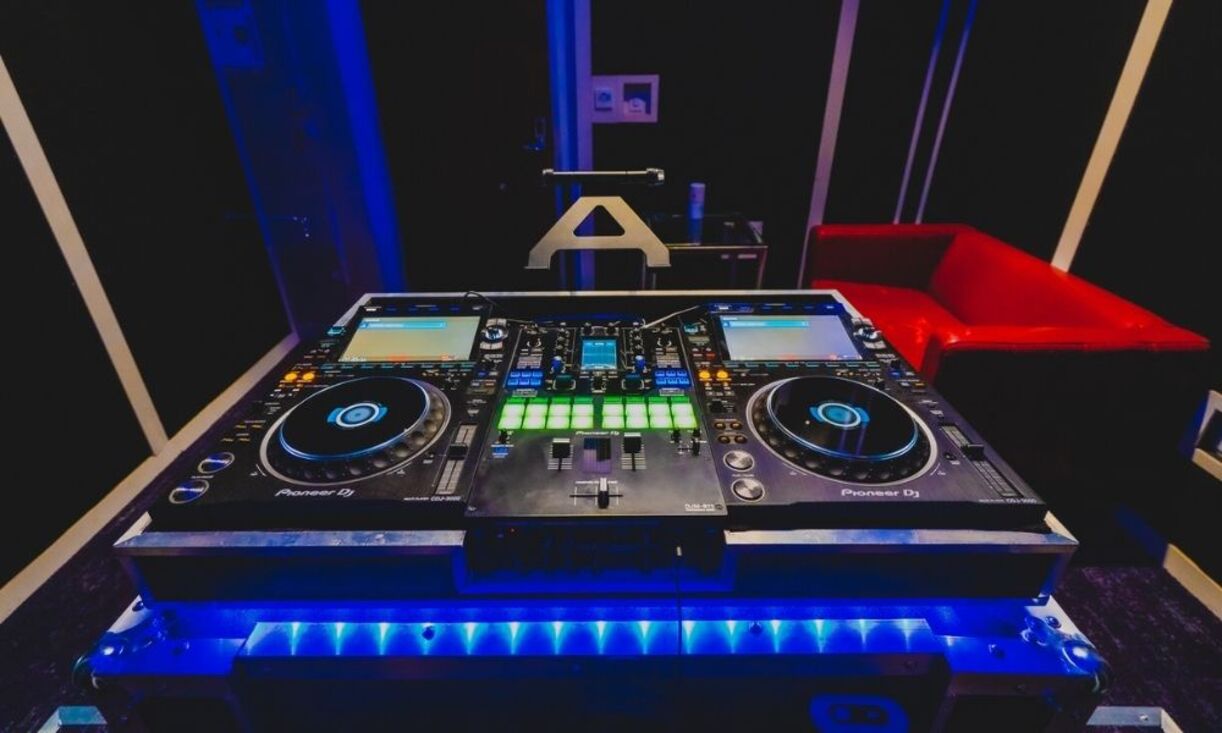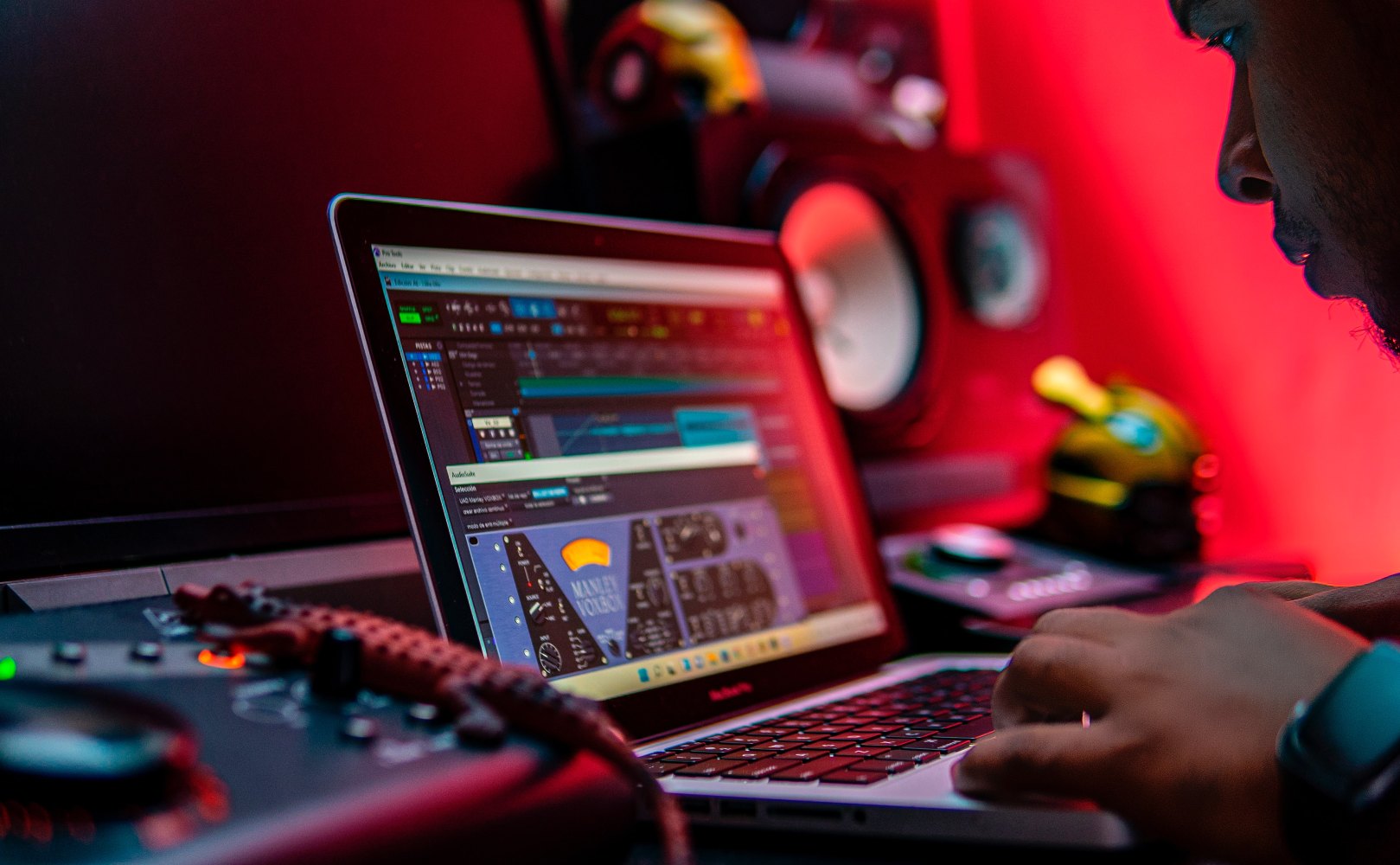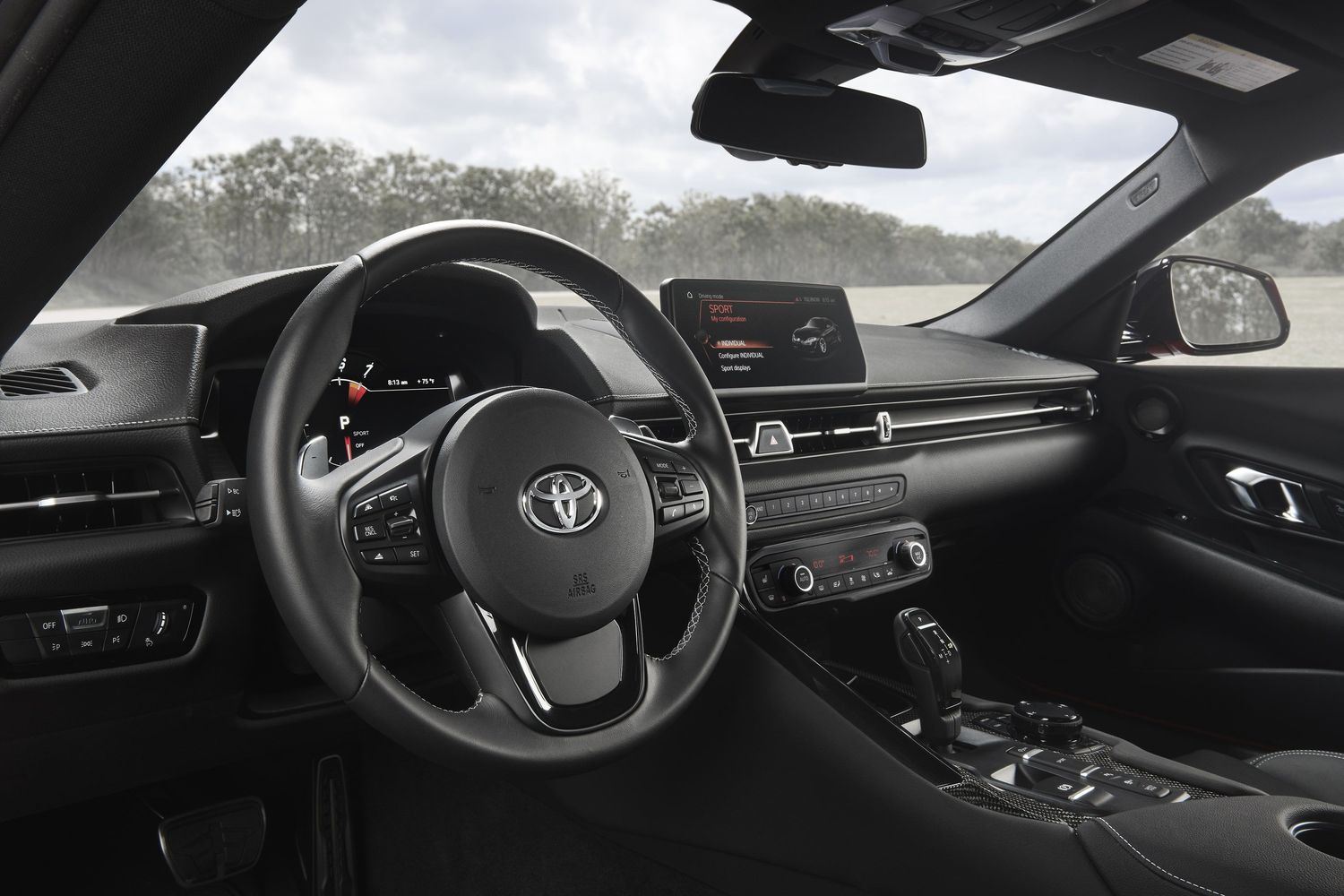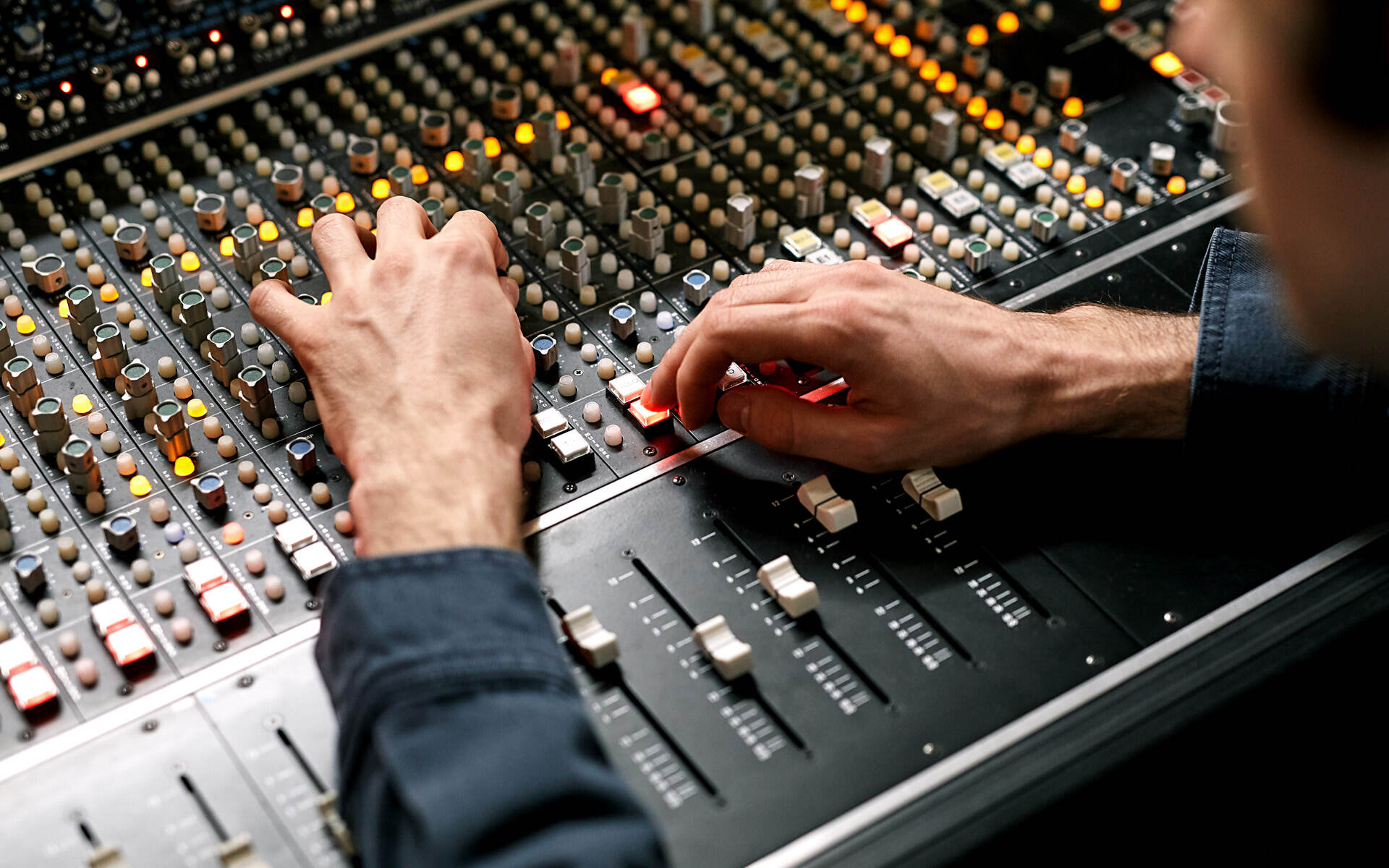Home>Production & Technology>DJ>What Size Generator Do I Need For DJ Equipment
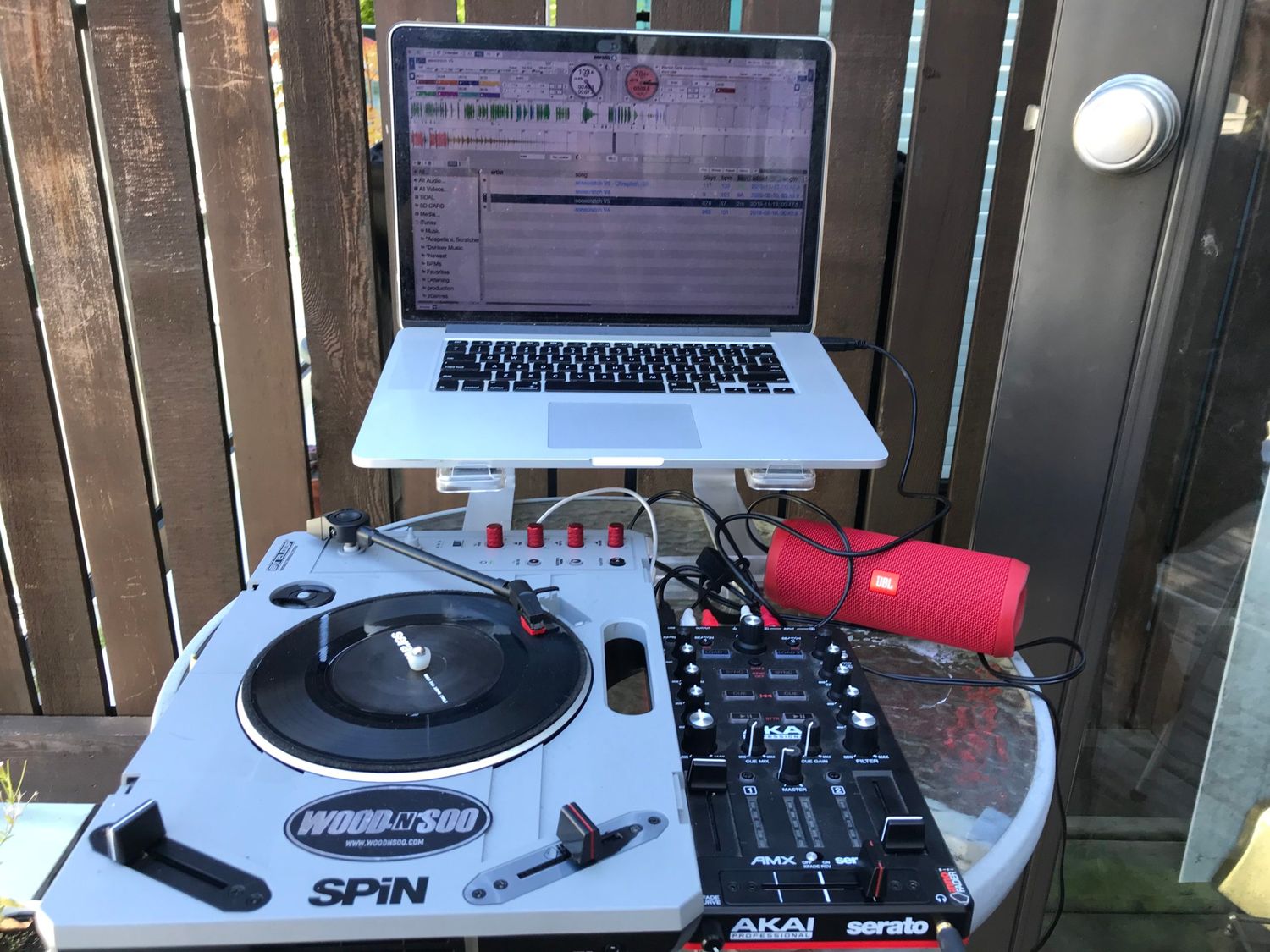

DJ
What Size Generator Do I Need For DJ Equipment
Published: March 5, 2024
Find the perfect generator size for your DJ equipment with our comprehensive guide. Ensure uninterrupted power supply for your next event. Discover the right generator size for your DJ needs.
(Many of the links in this article redirect to a specific reviewed product. Your purchase of these products through affiliate links helps to generate commission for AudioLover.com, at no extra cost. Learn more)
Table of Contents
Introduction
When it comes to hosting electrifying DJ gigs, ensuring a seamless power supply is paramount. Whether you're spinning at outdoor festivals, intimate parties, or club events, having the right generator to power your DJ equipment is crucial for keeping the beats pumping and the crowd moving. Understanding the power requirements of your gear and selecting an appropriately sized generator can make all the difference in delivering an unforgettable musical experience.
In this comprehensive guide, we'll delve into the intricacies of generator selection for DJ setups, providing valuable insights into the factors that influence the choice of generator size. From analyzing the power demands of various DJ equipment to offering recommendations tailored to different setups, this article aims to equip DJs and event organizers with the knowledge needed to make informed decisions when it comes to powering their performances.
So, if you've ever found yourself pondering, "What size generator do I need for DJ equipment?" – fret not! By the end of this article, you'll be well-versed in the art of matching generator sizes to your specific DJ setup, ensuring that power woes never overshadow the magic of your musical creations. Let's dive into the world of DJ equipment power requirements and generator sizing, unlocking the secrets to electrifying performances that never miss a beat.
Understanding Power Requirements for DJ Equipment
The power requirements for DJ equipment vary widely, depending on the specific gear being used. Understanding these power needs is essential for selecting the right generator size to ensure uninterrupted performance. DJ setups typically consist of a range of equipment, including mixers, turntables, CDJs, controllers, amplifiers, and speakers, each with its own power demands.
Analyzing Power Consumption
To comprehend the power needs of DJ equipment, it's crucial to assess the wattage ratings of each component. For instance, a basic DJ mixer might consume around 10-15 watts, while a powerful amplifier could draw several hundred watts. Additionally, active speakers with built-in amplifiers will have their power requirements, often ranging from 50 to 1000 watts per speaker, depending on their size and output capabilities.
Factoring in Peak Power Draw
It's important to consider the peak power draw of DJ equipment, especially when dealing with amplifiers and speakers that may require significant power surges during intense musical passages. Understanding the difference between continuous power consumption and peak power draw is vital for ensuring that the generator can handle sudden spikes in electricity demand without faltering.
Accounting for Total Power Consumption
When setting up a DJ rig, it's essential to calculate the total power consumption by summing up the wattage ratings of all connected equipment. This comprehensive approach enables DJs to determine the overall power requirements, facilitating the selection of a generator with sufficient capacity to meet the collective energy demands of the entire setup.
Incorporating Safety Margins
In addition to assessing the power needs of individual components, incorporating safety margins is advisable to prevent overloading the generator. Allowing for a buffer in power capacity can safeguard against unexpected power fluctuations or the addition of extra equipment, ensuring a stable and reliable power supply throughout the performance.
By gaining a thorough understanding of the power requirements for DJ equipment, DJs and event organizers can make informed decisions when choosing a generator size that aligns with the unique demands of their setups. Armed with this knowledge, they can confidently power their performances, knowing that the beats will keep flowing without interruption.
Factors to Consider When Choosing a Generator Size
When it comes to selecting the right generator size for powering DJ equipment, several crucial factors must be taken into account to ensure a seamless and uninterrupted performance. Understanding these key considerations can empower DJs and event organizers to make informed decisions, tailored to the specific power requirements of their setups.
1. Power Requirements of DJ Equipment
The first and foremost factor to consider is the aggregate power requirements of the DJ equipment. This involves assessing the wattage ratings of all connected devices, including mixers, turntables, amplifiers, and speakers. By calculating the total power consumption, DJs can gauge the minimum generator capacity needed to sustain the entire setup without overloading the system.
2. Peak Power Draw
Recognizing the peak power draw of the DJ equipment is essential for selecting a generator that can handle sudden surges in electricity demand. Amplifiers and speakers, in particular, may require higher power levels during intense musical passages. By factoring in peak power draw, DJs can ensure that the generator has the capacity to accommodate these temporary spikes without compromising performance.
3. Portability and Space Constraints
For mobile DJs and event setups, the portability and physical footprint of the generator are critical factors. Compact and lightweight generators are often preferred for on-the-go performances, allowing for easy transportation and setup. Moreover, considering the available space for housing the generator is vital, especially in confined or outdoor environments where spatial constraints may influence the choice of generator size.
4. Fuel Efficiency and Runtime
Efficient fuel consumption and extended runtime are important considerations, particularly for prolonged events or performances in remote locations where refueling opportunities may be limited. Opting for a generator with superior fuel efficiency and a longer runtime can mitigate the need for frequent refueling, ensuring uninterrupted power supply throughout the duration of the event.
5. Noise Levels
The noise emitted by the generator can significantly impact the overall ambiance of the event, especially in intimate settings or during quieter musical segments. Selecting a generator with low noise emissions is crucial for maintaining a conducive auditory environment, allowing the music to take center stage without being overshadowed by generator noise.
6. Future Expansion and Scalability
Anticipating future expansion and scalability of the DJ setup is prudent when choosing a generator size. Allowing for additional power capacity to accommodate the integration of new equipment or the scaling up of existing gear can prevent the need for upgrading to a larger generator in the future, offering a more cost-effective and versatile power solution.
By carefully considering these factors, DJs and event organizers can navigate the myriad of generator options with confidence, selecting a size that harmonizes with the unique power requirements and logistical considerations of their setups. This thoughtful approach ensures that the chosen generator not only meets the immediate power needs but also provides flexibility for future growth and adaptability to diverse performance environments.
Recommended Generator Sizes for Different DJ Setups
Selecting the appropriate generator size is pivotal in ensuring a seamless and uninterrupted power supply for diverse DJ setups. The specific power requirements of DJ equipment, coupled with logistical considerations, demand tailored generator sizes to cater to varying performance environments. Here are the recommended generator sizes for different DJ setups, each meticulously aligned with the unique power demands and operational needs of specific setups:
1. Small-Scale Mobile DJ Setup
For small-scale mobile DJ setups, such as intimate gatherings, private events, or small outdoor parties, a compact and portable generator with a power output ranging from 1000 to 2000 watts is typically sufficient. This size of generator can effectively power essential DJ equipment, including a mixer, a pair of active speakers, and a modest lighting setup, while offering the advantage of easy maneuverability and minimal space requirements.
2. Medium-Scale Event Setup
Medium-scale event setups, encompassing events in medium-sized venues, community halls, or outdoor functions, often necessitate a generator with a power capacity between 3000 and 5000 watts. This size of generator can accommodate the power demands of a more extensive DJ rig, comprising multiple speakers, amplifiers, mixers, and additional lighting or visual effects. Its versatility and robust power output make it suitable for a wide range of mid-sized events.
3. Large-Scale Festival or Club Setup
For large-scale setups, such as music festivals, outdoor concerts, or club events, a high-capacity generator with an output exceeding 6000 watts is indispensable. These setups demand substantial power to drive an extensive array of DJ equipment, including multiple amplifiers, high-powered speakers, subwoofers, sophisticated lighting systems, and special effects. A large-scale generator ensures ample power reserves to cater to the dynamic energy requirements of such grand-scale productions.
4. Hybrid and Customized Setups
Hybrid setups, combining DJ performances with live instrumentalists or vocalists, as well as customized setups featuring unique equipment configurations, require tailored generator sizes based on their specific power needs. These setups often entail a meticulous assessment of individual equipment power ratings and peak draw, necessitating customized generator sizing to ensure a seamless fusion of electronic and live elements without compromising power reliability.
By aligning the generator size with the distinct power requirements and operational scope of each DJ setup, DJs and event organizers can optimize power efficiency, portability, and reliability, thereby elevating the overall quality of the musical experience. The recommended generator sizes serve as a guiding framework, empowering individuals to make informed decisions that harmonize with the dynamic and diverse landscape of DJ performances.
Conclusion
In the electrifying realm of DJ performances, the seamless flow of music hinges on a reliable and appropriately sized generator to power the diverse array of equipment. By delving into the intricacies of power requirements, peak draw considerations, and logistical factors, DJs and event organizers can make informed decisions when selecting the right generator size for their setups.
Understanding the power needs of DJ equipment is the cornerstone of generator selection. From mixers and turntables to amplifiers and speakers, each component contributes to the aggregate power consumption, necessitating a comprehensive assessment to determine the minimum generator capacity required. Factoring in peak power draw ensures that the generator can handle sudden surges in electricity demand, safeguarding against performance disruptions during intense musical passages.
Logistical considerations, including portability, space constraints, fuel efficiency, noise levels, and scalability, further influence the choice of generator size. Tailoring the generator to the specific operational needs and environmental dynamics of the performance venue is crucial for optimizing power efficiency and ensuring a seamless musical experience.
The recommended generator sizes for different DJ setups provide a guiding framework, offering tailored solutions that align with the unique power demands of small-scale, medium-scale, and large-scale performances. These recommendations empower DJs and event organizers to make informed decisions, enabling them to harmonize power efficiency with the operational scope of their setups.
In conclusion, the art of matching generator sizes to DJ equipment requirements is a nuanced and essential aspect of delivering unforgettable performances. By integrating a deep understanding of power needs with logistical considerations and tailored generator recommendations, DJs and event organizers can elevate the quality and reliability of their musical productions, ensuring that the beats never miss a cue and the energy never wanes. With the power of knowledge at their fingertips, they can confidently navigate the realm of generator selection, knowing that the rhythm of their performances will always resonate with uninterrupted power.




